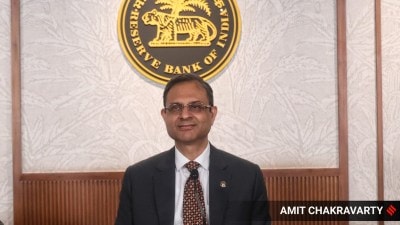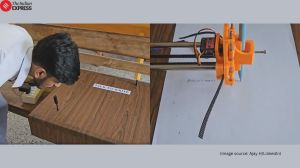Know Your City: Statues of Ahmedabad and their storied past
From freedom fighters to politicians of all hues to scientists to writers to social workers to philanthropists, all find a place in the city's statue landscape.
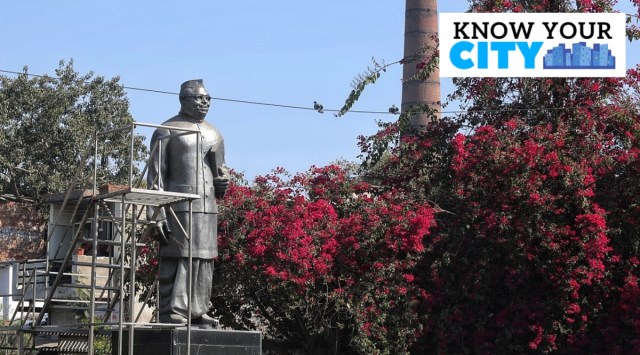 Babu Jagjivanram statue at Idgah circle, Shahibag in Ahmedabad. (Express Photo by Nirmal Harindran)
Babu Jagjivanram statue at Idgah circle, Shahibag in Ahmedabad. (Express Photo by Nirmal Harindran)
To mark Subhas Chandra Bose’s 125th birth anniversary, Prime Minister Narendra Modi last month announced a grand statue of the freedom fighter at India Gate in New Delhi and unveiled a hologram statue which will be in place till the installation of the actual one.
At this point, it must be noted that Ahmedabad in Modi’s home state Gujarat has had a Bose statue since 1981 at a prominent roundabout, the RTO circle, and a bridge named after him. In fact, Ahmedabad, shaped by various political movements, has had public squares dedicated to statues of many more leaders like Mahatma Gandhi, BR Ambedkar, Sardar Patel, Jawaharlal Nehru, Indira Gandhi, Rajiv Gandhi and Jagjivan Ram as well as warriors like Chhatrapati Shivaji, Maharana Pratap and Rani Laxmibai.
The latest addition to the city’s statue landscape is that of the ‘father of India’s space programme’ Vikram Sarabhai, installed in a seated position on the Sabarmati riverfront and inaugurated by Modi himself in 2019. The statue of Maharana Pratap in Shahibaug was also inaugurated by Modi when he was the Gujarat chief minister.
As per records of the Ahmedabad Municipal Corporation (AMC), the city has around 70 statues, of which 15 are of Sardar Patel’s followed by 11 of Dr BR Ambedkar’s.
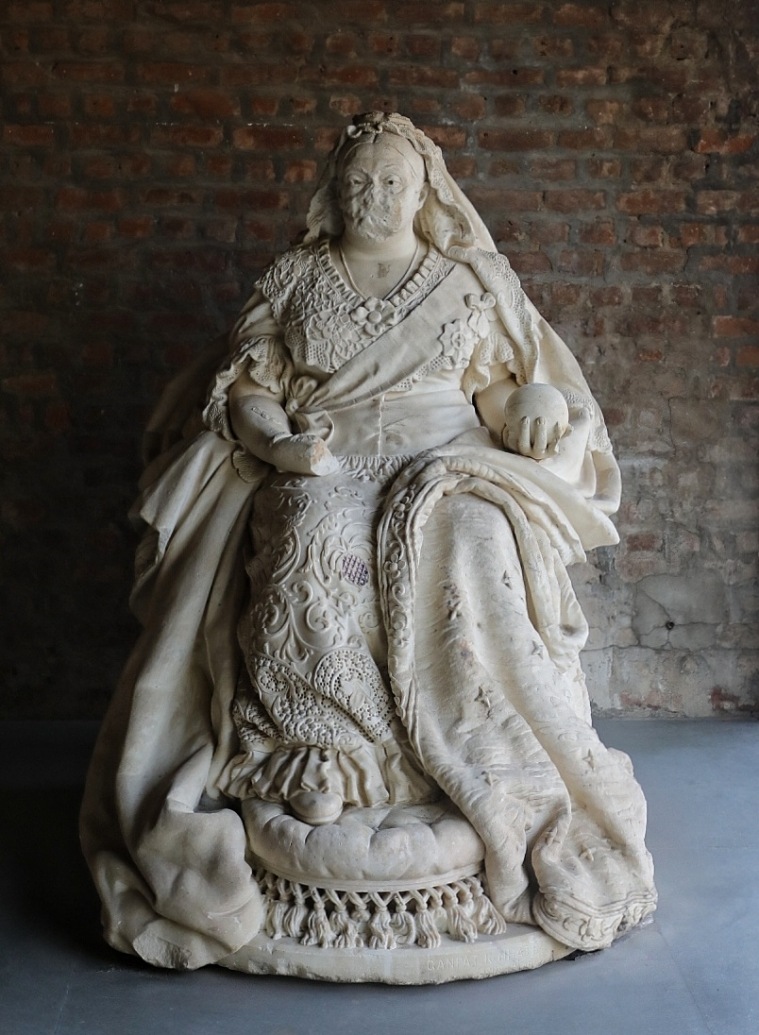 Queen Victoria Statue at Sanskar Kendra, Paldi in Ahmedabad. (Express photo by Nirmal Harindran)
Queen Victoria Statue at Sanskar Kendra, Paldi in Ahmedabad. (Express photo by Nirmal Harindran)
Controversies, vandalisms
Many of these statues have had their share of controversies too, including the one of Mahatma Gandhi at the income tax circle that was once a popular protest site. The Gandhi statue has now got buried under a flyover and may be shifted to the Sabarmati Ashram precincts after redevelopment.
Ahmedabad has one of the rarest marble statues of a seated Queen Victoria that used to adorn a municipal garden named after her and later renamed to Lokmanya Tilak Baug. The statue, now badly defaced, was made by Ganpat Mhatre, the iconic 19th-century sculptor from Maharashtra, and now occupies an unsung corner at Sanskar Kendra, the city museum designed by Le Corbusier, without even signage. Heritage management expert Debashish Nayak believes that the Queen Victoria statue is perhaps Ahmedabad’s oldest statue. According to him, the statue was vandalised during the independence movement.
The statue of philosopher Swami Vivekananda which stood at the entrance of the historic Ellis Bridge, later renamed Swami Vivekananda Bridge, has also been displaced at least twice. In 1995-96, Ahmedabad’s first woman mayor Bhavna Dave proposed replacing the statue as she did not like “the contours of its face”, and assigned the work to sculptor Jashuben Shilpi. The new statue was installed at the same site after her tenure. However, some 10 years ago, the statue was again shifted by a few metres as it came in the way of the Bus Rapid Transit System (BRTS) corridor and now stands in a corner in front of the Town Hall.
Similarly, the statues of Rajiv Gandhi and Indira Gandhi built outside Roopalee Cinema when the Congress was in power in the AMC in 2003-04, could not be inaugurated for nearly 12 years.
Not happy with the work by city-based sculptor Dhananjay Mudholkar, the Congress wanted the statues redone. A new contract was given to Jashuben Shilpi but by then the party had lost power in the civic body and the BJP did not clear the proposal for a new set of statues. Finally, on the 71st birth anniversary of Rajiv Gandhi in 2015, the statues were unveiled in a low key event.
Jashuben Shilpi, in fact, has more than 10 statues in the city to her credit. Her son Dhruv, designed the Sarabhai statue near the Sabarmati riverfront.
Ahmedabad also has statues of India’s first prime minister Jawaharlal Nehru at Kankaria, former prime minister Lal Bahadur Shastri near Kankaria Lake, former president Rajendra Babu at Bal Vatika, former Union minister Jagjivan Ram at the Shahibaug area near Idgah Circle and former Gujarat chief minister Chimanbhai Patel at the mouth of the flyover named after him leading to Motera.
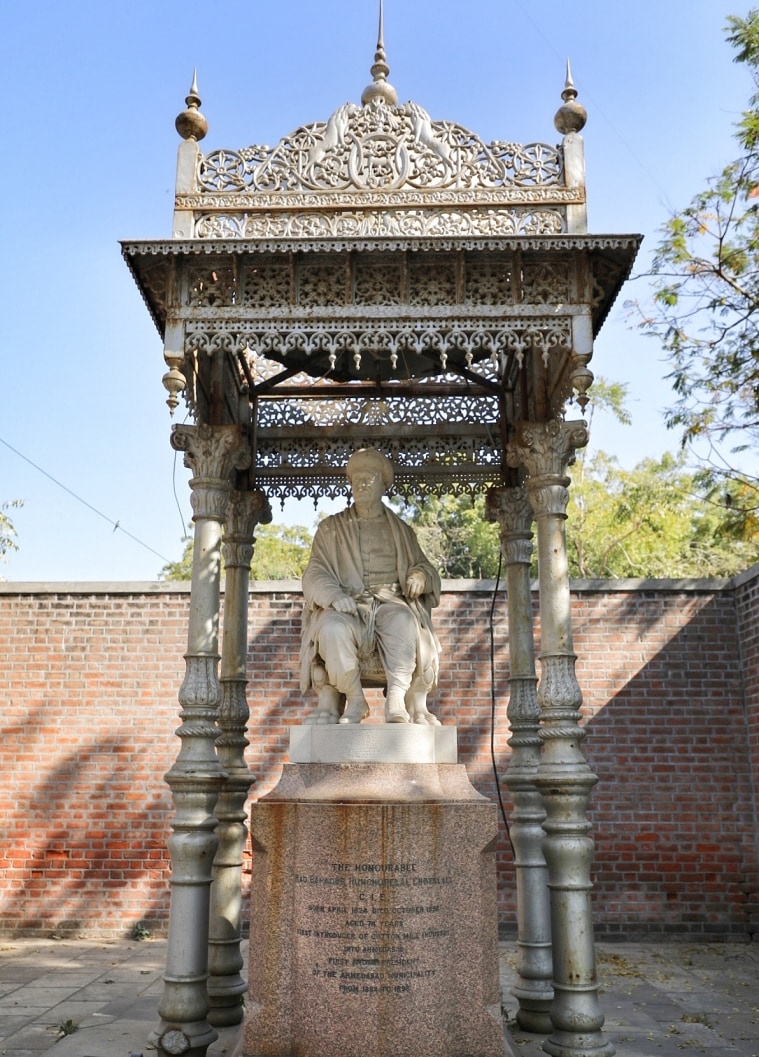 Ranchhodlal Chhotalal Statue at Sanskar Kendra, Paldi in Ahmedabad. (Express photo by Nirmal Harindran)
Ranchhodlal Chhotalal Statue at Sanskar Kendra, Paldi in Ahmedabad. (Express photo by Nirmal Harindran)
On the eastern end of the Nehru Bridge stands a bronze statue of Indulal Yagnik, the leader of the Mahagujarat movement that led to the carving out of Gujarat and Maharashtra states from the Bombay Presidency.
Some of the statues added after the BJP came to power in the state are those of Veer Savarkar, which was earlier planned to be installed at the mouth of the Sardar Bridge but had to be shifted to a corner to avoid traffic disruptions, and Maharana Pratap.
Among contemporary politicians, Haren Pandya, the former Gujarat minister who was killed in 2003, has a statue in the city. It was put up in 2005, at Nehrunagar Circle, a couple of kilometres from the statue of Rani Laxmibai on a horse.
A prominent Maharashtrian neighbourhood near Lal Darwaja has a statue of Chhatrapati Shivaji Maharaj. Mother Teresa near IP Mission School in Jamalpur area, Rabindranath Tagore at Sheth CN College of Fine Arts in Ambawadi and Bhagat Singh near Hatkeshwar Circle in Khokhra area are some of the other statues.
Ahmedabad also has a statue of one of the young martyrs of the freedom fight Hemu Kalani in Kubernagar and of Kargil War martyr Mukesh Rathod in Meghaninagar. The city has a memorial of Vasant Hegisthe and Rajab Ali Lakhani – the two friends who gave up their lives to help avert a communal riot in 1946 – at Jamalpur.
A large Sindhi neighbourhood, Kubernagar has a statue of Saint Kanwar Ram, while the Patidar-dominated Bapunagar has a statue of Hardas Bapu – a social figure of the Saurashtra Patidar community. Khadia has one of Asha Bhil – head of a tribe settlement on the banks of the Sabarmati river around the ninth century.
The city also has statues of poets from the Bhakti movement and revolutionary literary figures like Jhaverchand Meghani, Ramanlal Nilkanth, Kavi Kalapi, Narsinh Mehta, Kavi Narmad, Kavi Dalpatram and Akha Bhagat. The ones of Dalpatram and Bhagat, built in bronze by sculptor Ratilal Kansodaria, are in a seated style in the heritage walk route and have become popular ‘selfie points’.
Statues of philanthropists like Sheth Lallubhai are installed inside LG Hospital premises. Sir Chinubhai Baronet’s statue finds a place at Bhadra Plaza in the old city while that of his grandfather and first Indian president of Ahmedabad municipality Ranchhodlal Chhotalal, who is considered as the pioneer of the textile industry in Ahmedabad, is at Sanskar Kendra. The marble statue of Chhotalal was installed near Kalupur Railway Station. However, it was shifted and prominently installed at Sanskar Kendra later, reportedly due to some developmental work in Kalupur.
Chinubhai Baronet’s marble statue, also by Mhatre under an ornate stone canopy, was inaugurated by Mahatma Gandhi in 1933, and one of its legs is broken now.
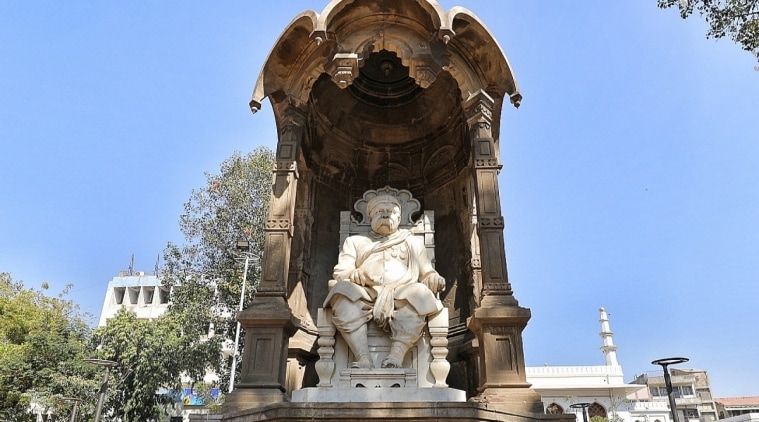 Sir Chinubhai Madhowlal Ranchhodlal Statue at Bhadra complex in Ahmedabad. Express photo by Nirmal Harindran, 13-02-2022, Ahmedabad ( Statues of Ahmedabad story by Parimal Dabhi )
Sir Chinubhai Madhowlal Ranchhodlal Statue at Bhadra complex in Ahmedabad. Express photo by Nirmal Harindran, 13-02-2022, Ahmedabad ( Statues of Ahmedabad story by Parimal Dabhi )
Lack of creativity
“We mostly have statues of political personalities. But not many are creative enough to make it a monumental statue which people can identify Ahmedabad with. As a sculptor, I get worried that an outsider may think that there are not enough good sculptors in Ahmedabad which is not the case,” says Kansodaria.
However, he holds the Mahatma Gandhi statue near the I-T office and the Yagnik statue by the late Kanti Patel as “monumental”.
Debashish Nayak, who was an advisor to the AMC’s heritage programme, says: “A statue is to strengthen the people’s appreciation of their city… of their own history. It also has to be part of a story… Most statues in the city lack that. A statue has to become a monument. This could also be the fault of the patrons (people or authorities who commissioned it), their imagination. A statue is public art. It has to be creatively unique and an asset for the community”.
Lamenting the stereotypical nature and lack of creativity in most statues in the city, Nayak said: “It requires proper planning. There is no point in having a lifeless structure without any story behind it. And for that, there has to be a special committee which can plan statues. Ahmedabad badly needs it,” he added.
Meanwhile, Dhruv believes that the city needs to create space for statues of “artists, actors, businessmen, poets, scientists who are inspirations to the young generation.”
“It is (maintenance of and respect for statues) not there,” he said, citing the theft of the table, pen and book of Sarabhai’s bronze statue in October last year. “We also hear about spectacles going missing from statues of some leaders in the city,” he added.
Former mayor Bijal Patel said that in the last 15 years, no new statue has been installed by the civic body in Ahmedabad.
Patel said that the existing statues in the city were not installed with an intention to add to the heritage of the city or to make it monumental. The focus on the heritage of Ahmedabad came in only the last 15-20 years as attempts were made to get the World Heritage City status, Patel said. “We have a heritage committee. And for any upcoming statue project, the detailed planning aspects will certainly pass through that heritage committee,” Patel said.


